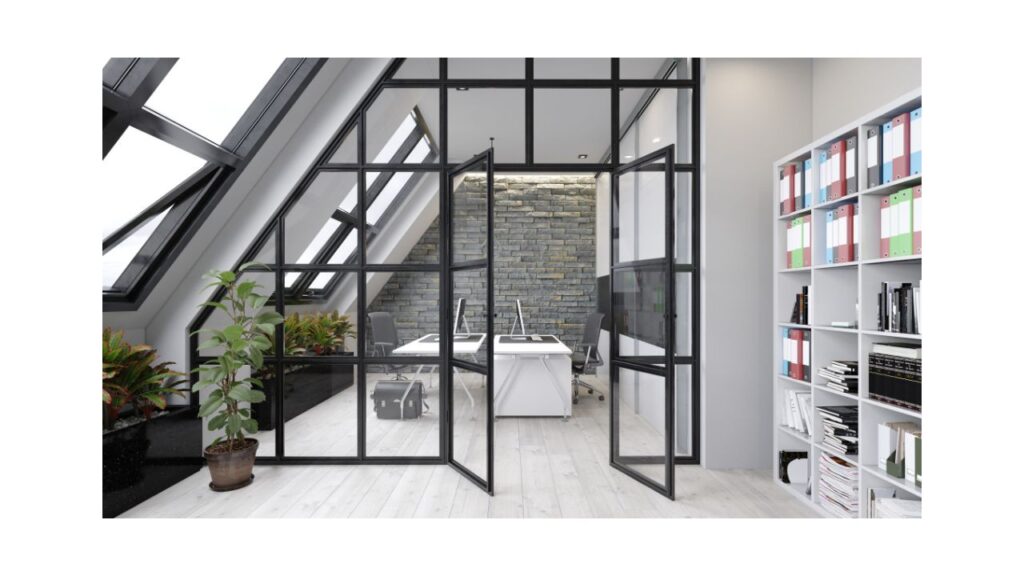The Real Benefits of a Tenant Retention Plan in Commercial and Retail Property Management
A tenant retention program in commercial and retail property management is a valuable leasing and asset management service. From such a program, you can drive more leasing fees, and keep a client relatively happy with their investment opportunities and property performance over time.
The retention strategy ensures that all preferred tenants in occupancy are encouraged to stay in the property and their lease conditions are shaped over time. The tenants in a multiple occupancy property (office or retail) are then positioned into the overall tenant mix and the clustering of existing occupants.
Tenant Asset Plan Processes
So, what does ‘tenant retention’ look like or mean for you? Try some of these for starters:
- Understanding the investment intentions of the client so that the property can be improved from a leasing and occupancy perspective well into the future.
- Watching the critical dates in the investment and with all existing leases so that the property income can be optimized and strengthened.
- Minimizing the threat of a vacancy in the property cash flow and across the tenant base or mix for the asset.
- Resolving vacancy issues quickly and directly with a lease marketing plan that attracts better-quality tenants to the asset and the client’s investment requirements.
So, there are some things that can be worked on here with your clients. Get your fuller brokerage involved with all of your clients and their leasing requirements. If you manage a group of buildings for local property investors, think about making this ‘tenant retention and leasing process’ a real point of difference in your business services.
If you manage many buildings, then you will probably need a leasing specialist for that very specialized ‘retention’ process in and across most buildings. That leasing person will be watching for upcoming vacancy problems, and they will also be working with all tenants to ensure that they have a solid and relevant awareness of tenant movement in the location and or property.

Tenant Retention Benefits
What are the real benefits of ‘tenant retention’ to your brokerage and management model? Try some of these for starters:
- Income stability for investor clients – the clients that you service now will want to know that their cash flow is growing and or is stable without the undue pressure of excessive vacancy risk. Show your customers and clients how you can help them achieve a stable asset from a cash flow perspective.
- Keeping the better tenants in the property – when you manage a large building with multiple tenants in occupancy, there will be a choice as to what tenants should be encouraged to remain in the property at lease end. There are some real costs to relocation, and most tenants would like to avoid those costs, so be proactive with your lease offerings to sitting tenants as they near the end of a current lease.
- Dropping off the poor-quality tenants – some tenants just shouldn’t be in an investment property. They are a problem that can threaten the stability of the asset in so many ways. Some tenants are just plain ‘toxic’ and should be dropped from the asset as lease expiries come up; shopping centres are a good case in point. Understand the managed property and lease laws that apply to a lease occupancy, and then help your clients negotiate leases with better quality tenants.
Having a tenant replacement plan for your property management clients is a deliberate and wise choice. Know that you will lose some tenants from your management, regardless of what you may do to keep them in occupancy. They will move to other properties in a location for reasons of customer change, expansion, and or relocation. Keep close to all your tenants so you can understand just when those pressures are building. It is better to be forewarned of a pending vacancy matter. Do these things:
- Ensure that you track upcoming critical lease dates. Review and watch all your critical dates in your leases. Most leases are special and unique, so you will have to read the leases and be prepared to activate negotiations within certain time frames. Tell your client in advance of a critical date action and what you will be doing about it. Give them solid recommendations.
- Bundle attractive lease offerings and occupancy costs for your preferred tenants. Through a close awareness of lease conditions and tenant intentions you can match your lease offerings and negotiation factors in ways that are attractive to the tenants in the current property market.
- There is no point in losing a good existing tenant for a small rental difference or lease package; look at and work with the lease ‘variables’ in the property and for your client. A tenant retention plan can avoid the extra expenses of preparing a new lease, offering lease incentives, relocating the premises, and marketing vacancies. That then becomes a special landlord service.

There are some valuable ideas to work with here when it comes to tenant retention as a special service that you can offer clients. If you are currently offering property management services to your clients, look at how you can grow the tenant retention process and supplement your fees accordingly.






